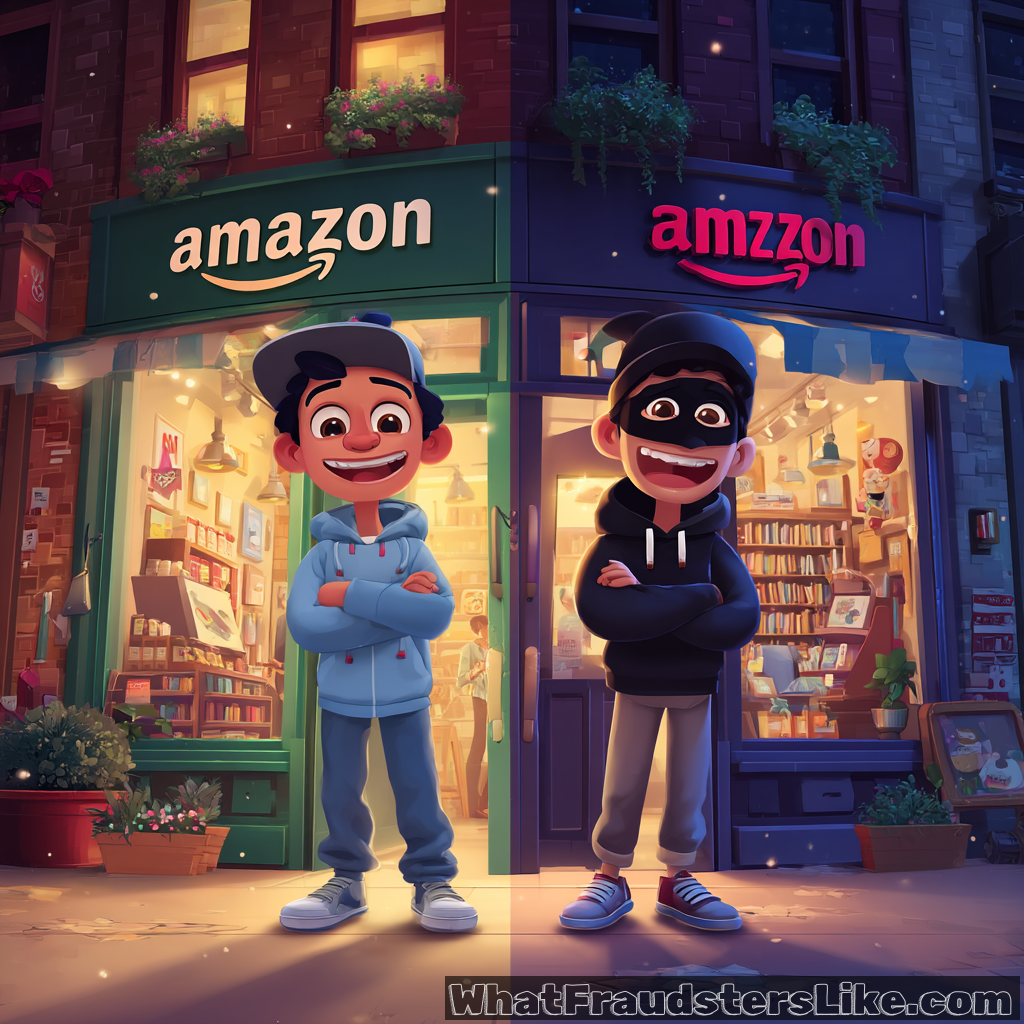Have you ever clicked on a secure login page only to realize too late it was a perfect replica?
So, why do Fraudsters Like To Pose As Famous Brands❓
Interesting stat - 51.7 % of malicious phishing emails impersonate one of the top 20 global brands. Real-world case, just recently - in March 2025, an AI-powered Netflix phishing campaign tricked subscribers into entering payment details on a cloned login page, netting attackers thousands before it was shut down[ref].
It's all about automatic trust in familiar names and logos. Seeing a familiar logo or web page layout switches your brain to autopilot, overriding skepticism and lowering your defenses. By perfectly mimicking visual cues and messaging, fraudsters exploit cognitive shortcuts to make scams feel instantly legitimate. That sense of familiarity drives far higher click-through rates than generic attacks.
With this in mind, fraudsters like to
🏷️ clone brand logos and trademark visuals to spin up convincing fake websites
📧 spoof official email headers and domains to deliver phishing emails that feel authentic
💬 impersonate brand login pages or social media sites to harvest credentials in real time
📱 release malicious mobile apps disguised as trusted brand apps to steal personal data
🔗 register typo squatted domains (e.g., "amazn.com") that trap users who mistype familiar URLs
🚨 Be cautious with emails from known brands. Always hover over sender addresses and links to verify domains, check for valid SSL certificates, and download apps only from official stores. Last but not least, don't shy away from educating your colleagues, friends, and family on how to spot phishing in its many forms.
